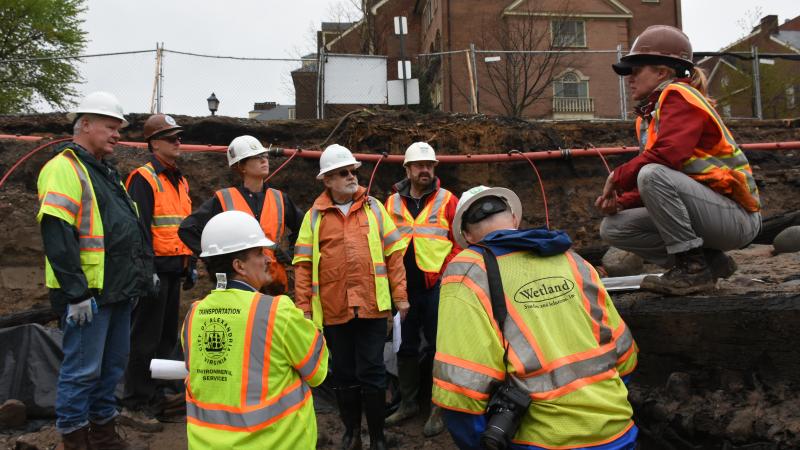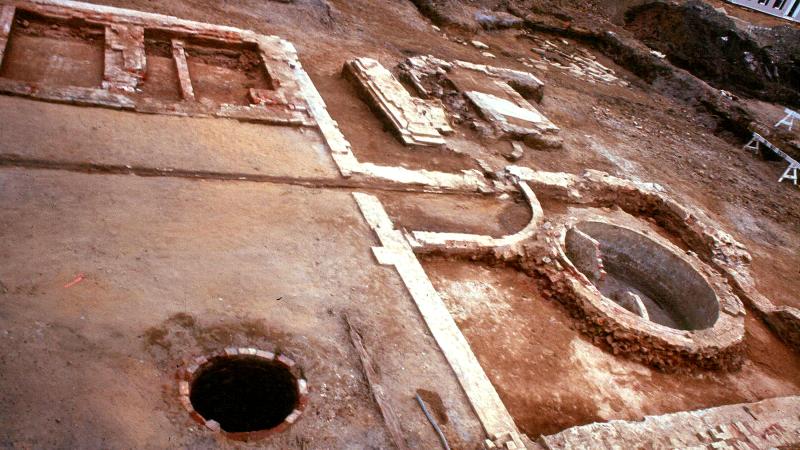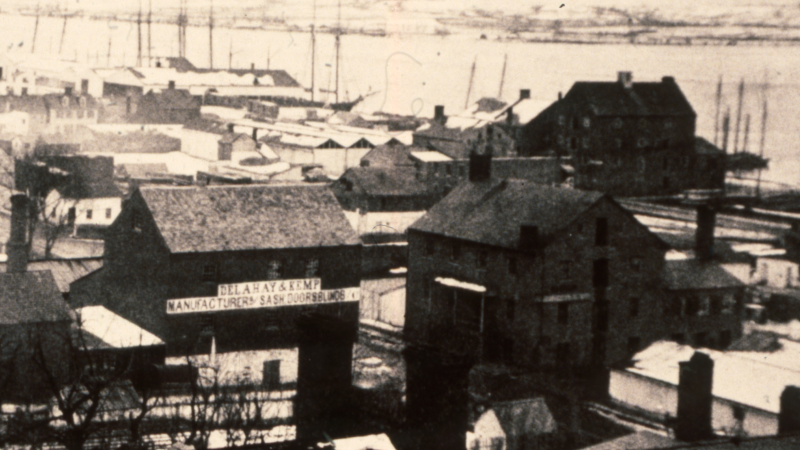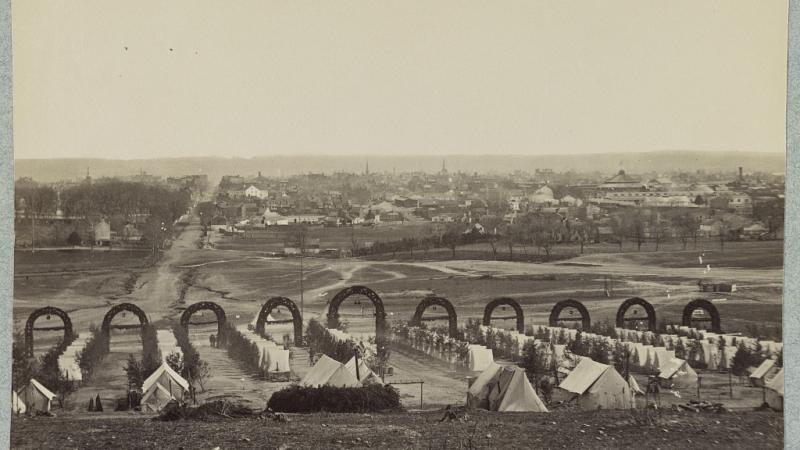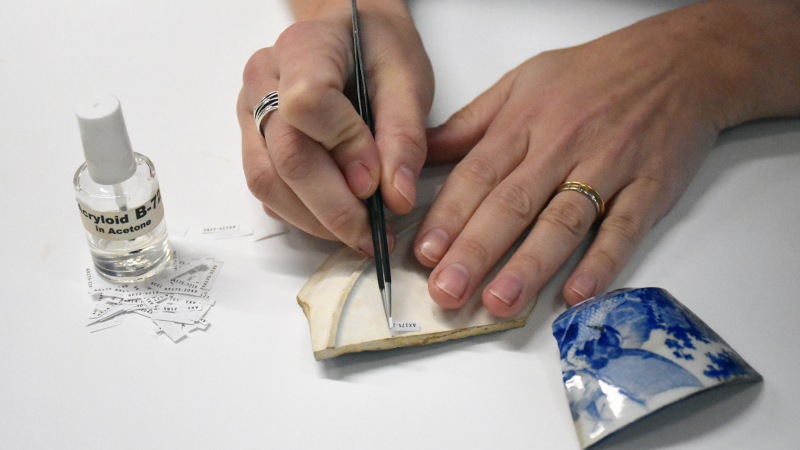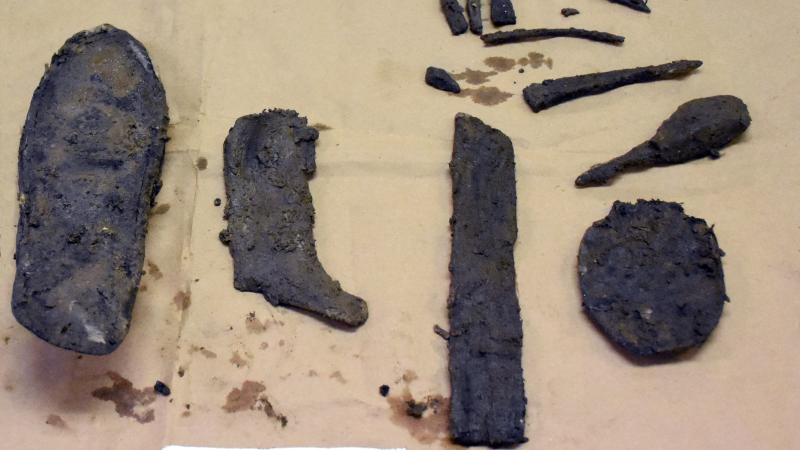
The Lee Street Site: The Archaeology Lab
A Community Digs its Past: The Lee Street Site
The Lee Street exhibit reveals the archaeological process and the history of Alexandria as seen through the lens of the Lee Street Site (archaeological site 44AX180) and several other waterfront sites.
Preserved on the Lee Street Site was a cross-section of Alexandria's history from its founding in 1749 into the 20th century. Eighteenth-century wharves remained intact below remnants of a bakery, taverns, and residences that had sprung up on the bustling waterfront. The block was later used by the Union Army as a hospital support facility for the huge influx of soldiers during the Civil War. These layers of time were preserved under shallow foundations and a paved parking lot. The exhibit weaves together the story of the wharves, taverns, bakery and Civil War privy excavated at the corner of Lee and Queen Streets with the step-by-step process of archaeology from research and excavation to lab work and conservation.
The Archaeology Lab
From studying bones to buttons, the lab is where true discovery happens.
Inside the museum’s doors, archaeologists and volunteers clean, label, and catalog artifacts from city sites for study and display. They then analyze the data and share their findings. Through this work, the untold stories of the people who lived and worked in Alexandria come to light.
Archaeologists have excavated over 250 sites in Alexandria since 1961. A vast collection of over three million artifacts from these sites are available for exhibition and study. The Lee Street Site is an important part of Alexandria's diverse history. Our understanding of the Lee Street Site continues to grow as new sites in Alexandria and beyond are excavated and scientists ask new questions.

What happens in the lab?
An artifact’s exact location in the ground is important to understanding the artifact and the site. This context information follows the artifact through every step of the lab and curation process.
Step 1: Cleaning

Step 2: Labeling
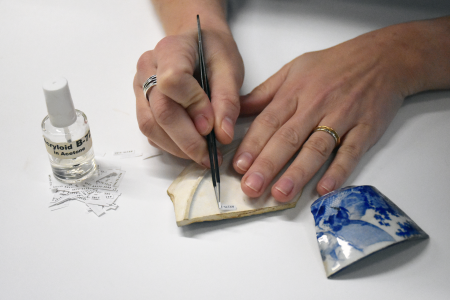
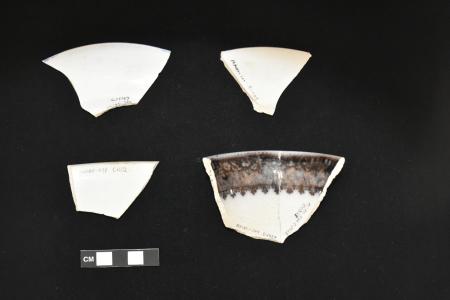
Step 3: Cataloging

Step 4: Curating

Labeled bottles from the privy
Labels are added in the lab that show where each artifact was found. These artifacts were found on the Lee Street Site (44AX180). The Lee Street Site is the 180th site registered in Alexandria (AX), Virginia (44).
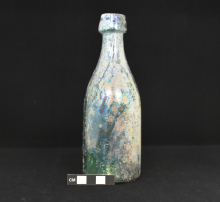
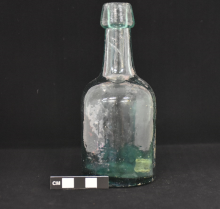


Lee Street Privy
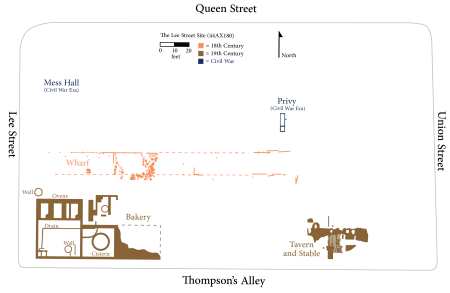
Artifacts from the same context can tell a story about a particular time and place. These artifacts were all found in the same privy used by Union soldiers.
What is a privy?
A privy is an outhouse or restroom used before indoor plumbing became common. Once full, it was either emptied or a new one was made. The old pit was filled in with garbage. This trash is full of archaeological information.
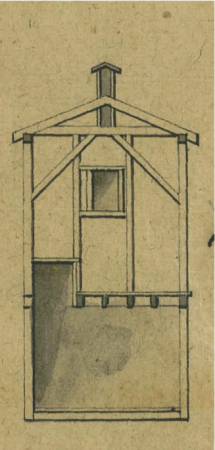
What is so special about finding a privy? Preservation!
Organic material preserved by wet privy soils can tell us more about the past. Archaeologists often study glass and ceramic artifacts (1) because they last for a long time in the ground, but these materials only tell a part of the story.
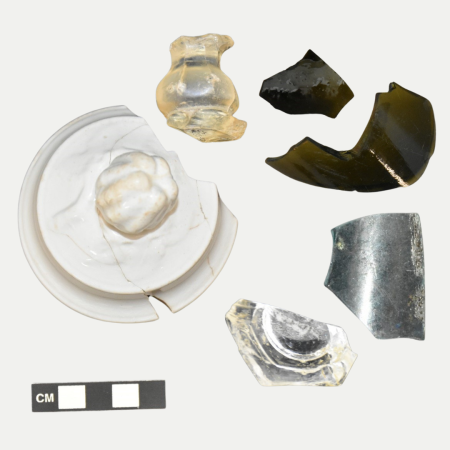
The wet soil of a privy preserves organic material like the wooden tool handle (2) and birch barrel bung (3), as well as leather and seeds that would otherwise quickly decay in the ground.
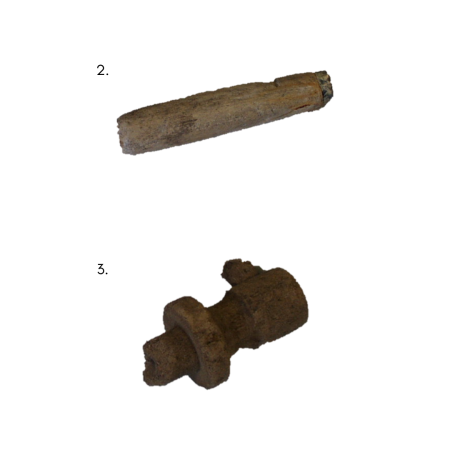
What did soldiers eat?
Bones and seeds found in the privy are clues to their diet. Look at the samples. What do you recognize? Archaeologists found more than 10,000 watermelon seeds and 4,000 cherry pits in the privy. These seeds are the remains of food eaten by the soldiers. Foods like coconut shells were also found, which may have been shipped from Union-occupied New Orleans.
Saw marks and other clean cuts show where bones were butchered. Lesser quality meats were typically used in stews. Pig bones, like these, were the most common.
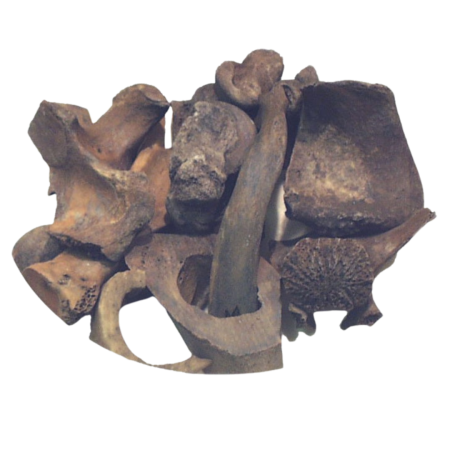
The Dating Game: When was the privy used?
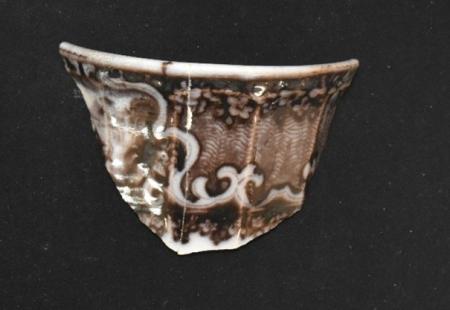

Historical archaeologists used artifacts and documents to date this privy to the Civil War era. Studying these artifacts narrows down the time period when people used the privy.
Since this bottle was not made until 1858, the privy must have been in use after that year. An Alexandria Gazette newspaper article reported that a grocery warehouse was built over the site in 1888, which means the privy was filled by that year. This means that the privy must have been made and used sometime between 1858 and 1888.
